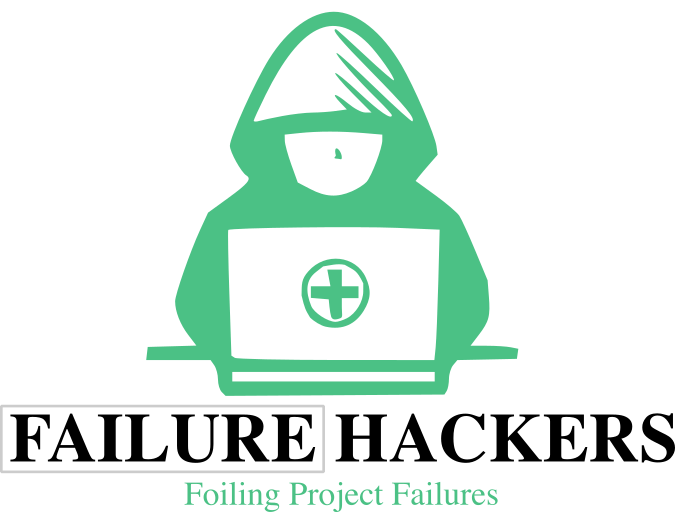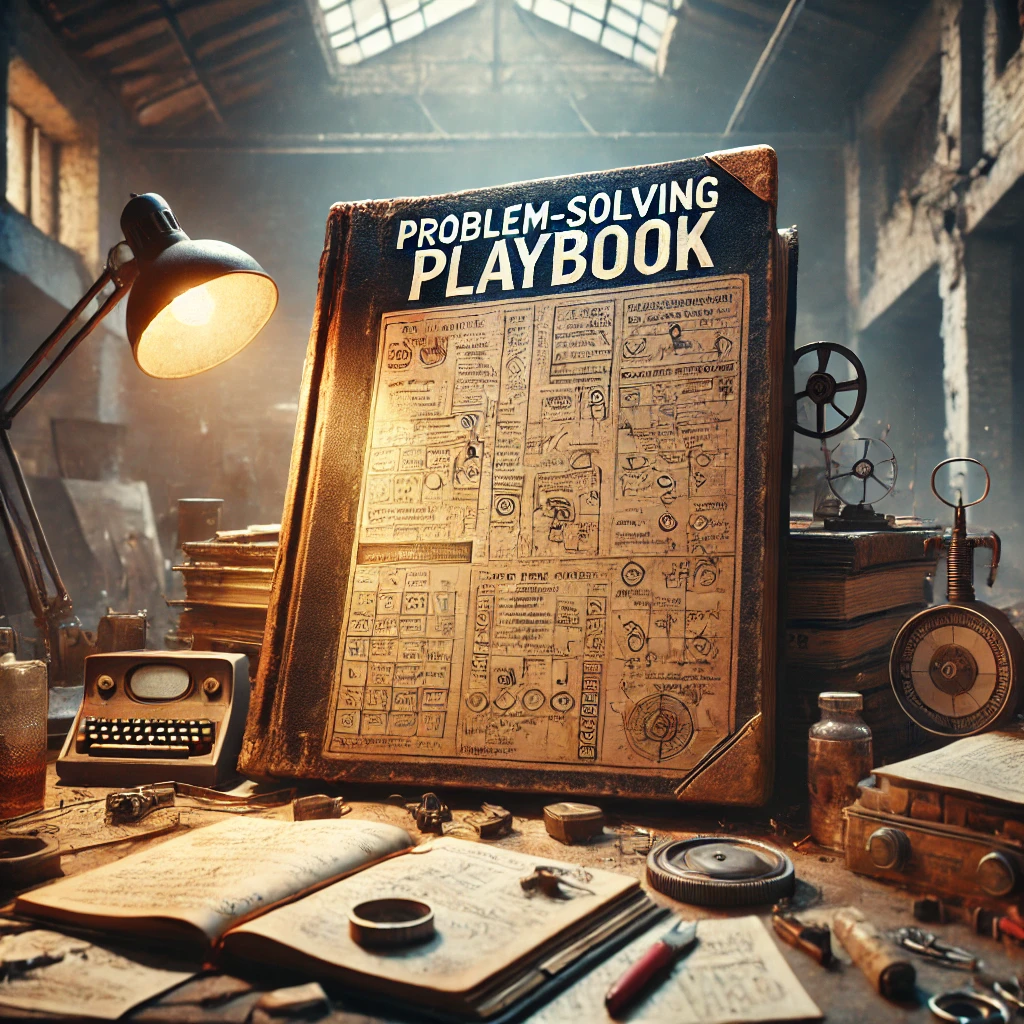A Step-by-Step Guide to Creating a Reusable Toolkit of Methods and Checklists
In life, whether at work or in our personal lives, we inevitably encounter problems. Some are minor inconveniences, while others can feel quite overwhelming. The key to navigating these challenges is having a solid approach to problem-solving. By creating your own personal problem-solving playbook— a reusable toolkit of methods and checklists—you can face obstacles with confidence and clarity.
This article will guide you step by step through the process of establishing your personalised problem-solving toolkit. You’ll learn how to identify problems effectively, develop strategies to tackle them, and compile a resource that will serve you well in various situations.
Step 1: Identify Common Problems You Encounter
The first step in developing your toolkit is recognising the issues you frequently face. This self-assessment will help you understand which areas you need to focus on improving. Reflect on different aspects of your life, such as:
- Work-related challenges: Missed deadlines, unclear communication, conflicts with colleagues.
- Personal life difficulties: Time management, maintaining relationships, financial planning.
- Health and wellness obstacles: Motivation for exercise, dietary habits, mental health considerations.
Spend some time journaling about these challenges. Once you have a list, you can prioritise them based on frequency and impact. Which problems tend to arise repeatedly? Which ones cause the most stress?
Step 2: Explore Problem-Solving Methods
With a clearer understanding of the problems you often face, it’s time to delve into various problem-solving methods. There are several techniques you can incorporate into your playbook:
1. The 5 Whys Technique
This method involves asking “why” five times to delve into the root cause of a problem. For example, if you’re consistently late for work, you might ask:
- Why am I late? (I don’t leave home on time.)
- Why don’t I leave on time? (I underestimate my morning routine.)
- Why do I underestimate my routine? (I don’t account for traffic.)
Continue this process until you reach the underlying issue. This method helps clarify the real barriers you need to address.
See Mastering the Five Whys technique article for more.
2. SWOT Analysis
A SWOT analysis examines the Strengths, Weaknesses, Opportunities, and Threats related to a particular situation or decision. To apply it:
- Create a grid with four sections labelled as Strengths, Weaknesses, Opportunities, and Threats.
- Fill in each section based on the specific problem you’re addressing.
This structured approach allows you to weigh your options thoroughly.
3. Brainstorming
Gathering ideas can be incredibly effective. Set a timer for 10-15 minutes and write down every possible solution to your problem without judgement. Later, evaluate the ideas for feasibility and potential impact. This method thrives on creativity and may yield surprising solutions.
4. Mind Mapping
Mind mapping visualises problems and their connections. Start with the central problem written in the middle of a page, then branch out with related causes, effects, and potential solutions. Mind maps can stimulate creative thinking and help you see the bigger picture.
5. The Eisenhower Matrix
This tool helps prioritise tasks by categorising them into four quadrants based on urgency and importance. The quadrants are:
- Urgent and Important
- Not Urgent but Important
- Urgent but Not Important
- Neither Urgent nor Important
Utilise this matrix when you are grappling with multiple issues to identify what needs immediate attention.
See Prioritising Team Backlogs using the Eisenhower Matrix article.
Step 3: Develop Checklists for Each Method
Creating checklists will provide you with clear steps to follow whenever you encounter a challenge. Checklists are easy to use and can save time by ensuring you don’t forget critical components of your strategy.
Example Checklists
5 Whys Checklist
- Clearly define the problem.
- Ask “why” and note the answer.
- Repeat asking “why” up to five times or until you reach a root cause.
- Identify actionable steps to address the root cause.
SWOT Analysis Checklist
- Define the problem or decision.
- List strengths relevant to the situation.
- List weaknesses that could hinder progress.
- Explore opportunities that could be leveraged.
- Identify threats that could pose risks.
Brainstorming Checklist
- Set a timer for idea generation.
- Write down all ideas without filtering.
- Review and categorise ideas after the timer ends.
- Select the most viable ideas for further exploration.
Mind Mapping Checklist
- Write the main problem in the centre.
- Create branches for causes, effects, and solutions.
- Continue branching out with sub-ideas.
- Review the mind map to identify potential solutions.
Eisenhower Matrix Checklist
- List all tasks/issues you are currently facing.
- Place each task in the appropriate quadrant of the matrix.
- Focus on completing tasks in the Urgent and Important quadrant first.
- Delegate or eliminate tasks in the Not Urgent and Not Important quadrant.
Step 4: Customise Your Playbook
Your problem-solving toolkit should reflect your unique style; thus, tailor it to suit your preferences. Consider the following elements to make it your own:
- Format: Will you create a digital document, a physical notebook, or even a mobile app to store your playbook?
- Visual Aids: Incorporate diagrams, colours, or symbols that resonate with you. Visual stimulation can enhance retention and engagement.
- Personal Reflections: As you use each method, jot down reflections on what worked well and what didn’t. Over time, this will enrich your playbook with personal insights.
Step 5: Regularly Review and Update Your Toolkit
A problem-solving playbook is not static; it should evolve alongside you. Schedule regular reviews, perhaps once every quarter, to assess the effectiveness of your methods and checklists. Ask yourself questions like:
- Have the problems changed, and if so, how?
- Are there new techniques I’ve learned that could improve my toolkit?
- Which methods have brought the best results?
Updating your playbook ensures that it remains relevant, fresh, and powerful in guiding you through challenges.
Conclusion
Building your personal problem-solving playbook is an empowering journey that equips you with the tools to tackle life’s challenges head-on. By identifying common problems, exploring diverse methods, creating actionable checklists, customising your playbook, and reviewing it regularly, you’ll cultivate a valuable resource that bolsters your problem-solving capabilities.
As you start compiling your toolkit, remember that the most meaningful insights come from your experiences. Stay curious, remain adaptable, and embrace the challenges that come your way. Your playbook will become a trusted companion, enabling you to navigate obstacles with resilience and confidence. Happy problem-solving!

